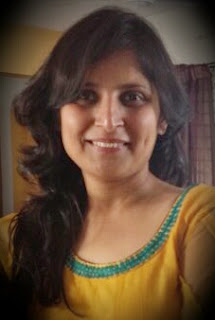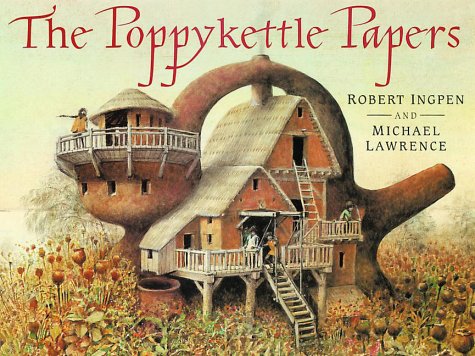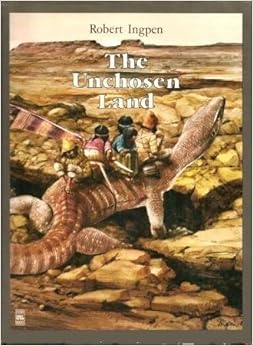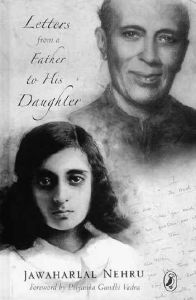Queen of Ice
By Devika Rangachari
Duckbill Books
YA
Queen of Ice is a tale from another time. I hesitate to label it a piece of historical fiction. History tends to put teen readers off and that would be a pity, for this is a book with drama, with intrigue, with characters that captivate you and events that keep you riveted. The teen protagonist’s angst as she grapples with the unfairness of the world will resonate with young adults. However, it cannot be slotted as a YA book either. As with her previous work for children, Harsha Vardhana, Devika Rangachari creates a fascinating tale based predominantly on historical fact. The choice of subject is even more interesting this time – Didda is the crippled queen of Kashmira, a ruler who had hitherto been relegated to obscurity on account of her gender. This is a book you should read if you are politically inclined, a history buff, a feminist, a champion of the differently-abled, or just someone who appreciates a story well told. Queen of Ice will enthrall you and leave a delicious lingering after-effect.
The first thing that struck me about the book was its exquisitely crafted cover, made me wonder what beauty it held within. The book opens with Didda’s powerful voice. Her gender, her deformity, her father’s contempt – she doesn’t have much going for her. Yet, young Didda comes across as someone who is incredibly strong and determined. Is it because of the astrologer’s prediction that she is destined for greatness? Or something she has inherited from her forceful mother? We see that Didda loves and hates with equal passion. We witness her vulnerability as she deals with her father's rejection and her cousin's animosity. Enter Valga, whose circumstances are far removed from Didda’s royal parentage, but who has something in common with Didda – her father has no affection for her either. With her exceptional physical strength, Valga becomes Didda’s carrier-girl, a position that makes her privy to the princess’ secrets.
Didda is an ambitious woman – I love that she is unapologetic about it. As the book progresses, we sense that she is capable of destroying anything that stands in her way – I love that the author does not judge her for this ruthless streak.
Devika Rangachari paints an unflinching portrait of Didda and a beautiful picture of tenth-century Kashmira. The details and descriptions left me with the feeling I was reading an account written by someone who had witnessed these events as they occurred.
I wondered initially about the style. Why was the book targeted at the teen audience? The language was simple enough and the content seemed appropriate for slightly younger kids. As I read on, it became apparent that the style, stark and reminiscent of Kashmir in winter, serves to accentuate Didda’s complexities.
The book is presented as two first-person accounts – that of Didda’s and her porter Valga’s. Didda’s overpowering voice and the fact that I identified so much with her, made Valga’s voice seem superfluous at first. It was only later that I realized her perspective was essential, for it is through Valga that we see a side to Didda that no one else does. And it is after Didda’s cruel acts that we catch her in her tender moments, in scenes so beautiful that I found myself misty-eyed. Devika Rangachari deserves applause for treading a delicate path with great skill.
[Image source duckbill.in]
By Devika Rangachari
Duckbill Books
YA
Queen of Ice is a tale from another time. I hesitate to label it a piece of historical fiction. History tends to put teen readers off and that would be a pity, for this is a book with drama, with intrigue, with characters that captivate you and events that keep you riveted. The teen protagonist’s angst as she grapples with the unfairness of the world will resonate with young adults. However, it cannot be slotted as a YA book either. As with her previous work for children, Harsha Vardhana, Devika Rangachari creates a fascinating tale based predominantly on historical fact. The choice of subject is even more interesting this time – Didda is the crippled queen of Kashmira, a ruler who had hitherto been relegated to obscurity on account of her gender. This is a book you should read if you are politically inclined, a history buff, a feminist, a champion of the differently-abled, or just someone who appreciates a story well told. Queen of Ice will enthrall you and leave a delicious lingering after-effect.
The first thing that struck me about the book was its exquisitely crafted cover, made me wonder what beauty it held within. The book opens with Didda’s powerful voice. Her gender, her deformity, her father’s contempt – she doesn’t have much going for her. Yet, young Didda comes across as someone who is incredibly strong and determined. Is it because of the astrologer’s prediction that she is destined for greatness? Or something she has inherited from her forceful mother? We see that Didda loves and hates with equal passion. We witness her vulnerability as she deals with her father's rejection and her cousin's animosity. Enter Valga, whose circumstances are far removed from Didda’s royal parentage, but who has something in common with Didda – her father has no affection for her either. With her exceptional physical strength, Valga becomes Didda’s carrier-girl, a position that makes her privy to the princess’ secrets.
Didda is an ambitious woman – I love that she is unapologetic about it. As the book progresses, we sense that she is capable of destroying anything that stands in her way – I love that the author does not judge her for this ruthless streak.
Devika Rangachari paints an unflinching portrait of Didda and a beautiful picture of tenth-century Kashmira. The details and descriptions left me with the feeling I was reading an account written by someone who had witnessed these events as they occurred.
I wondered initially about the style. Why was the book targeted at the teen audience? The language was simple enough and the content seemed appropriate for slightly younger kids. As I read on, it became apparent that the style, stark and reminiscent of Kashmir in winter, serves to accentuate Didda’s complexities.
The book is presented as two first-person accounts – that of Didda’s and her porter Valga’s. Didda’s overpowering voice and the fact that I identified so much with her, made Valga’s voice seem superfluous at first. It was only later that I realized her perspective was essential, for it is through Valga that we see a side to Didda that no one else does. And it is after Didda’s cruel acts that we catch her in her tender moments, in scenes so beautiful that I found myself misty-eyed. Devika Rangachari deserves applause for treading a delicate path with great skill.
[Image source duckbill.in]






.jpg)





.jpg)








